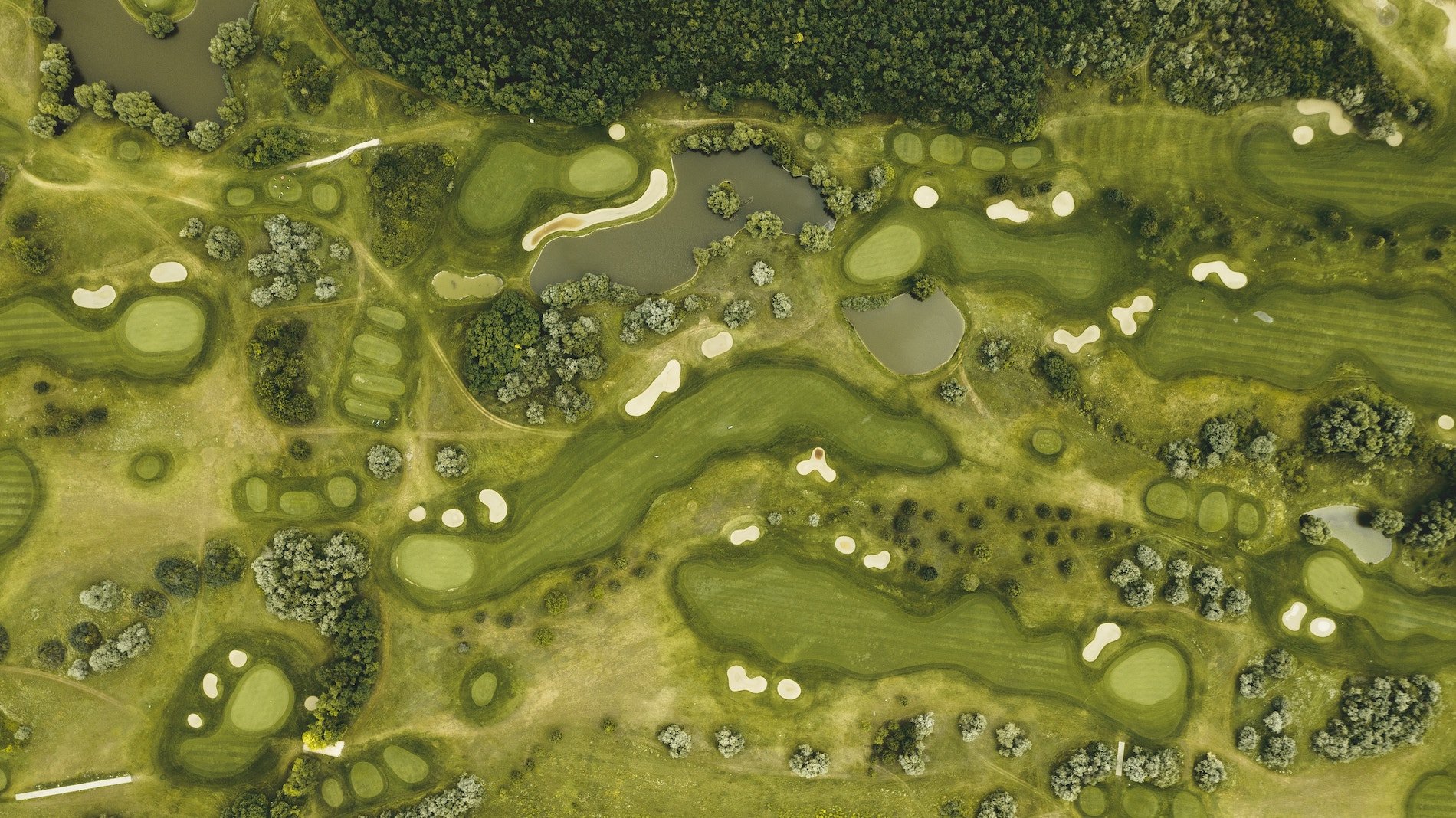
Multispectral Imaging at Golf Courses
Enhancing Greens with Precision Insights
At Aerial Diagnostics, we offer custom-crafted solutions tailored to meet the unique needs of golf courses. Leveraging multispectral imaging technology, we redefine how golf courses are monitored and maintained, providing invaluable insights to enhance turf health, optimize resource usage, and elevate the overall player experience.
Benefits of Multispectral Imaging for Golf Courses
-
Cost Savings
Optimized irrigation, fertilization, and maintenance tasks lead to reduced waste, translating into improved operational efficiency and financial savings.
-
Enhanced Player Experience
Healthy grass and optimized playing conditions attract and retain more golfers, ensuring a positive reputation and increased foot traffic.
-
Environmental Impact
Multispectral cameras provide data that showcases water conservation efforts and reduced chemical use, addressing environmental concerns.
Multispectral Aerial Diagnostics
-
Multispectral cameras can detect changes in plant health long before they become visible to the naked eye. By capturing specific wavelengths, it's possible to identify areas that may be stressed, diseased, or otherwise in need of attention.
-
By assessing the moisture content of turf through spectral data, golf course managers can optimize irrigation. This ensures that areas which are over- or under-watered are addressed promptly, leading to water conservation and cost savings.
-
Early detection of pest infestations can be facilitated through multispectral imagery. By spotting these threats early on, golf course managers can intervene before the pests become a major problem.
-
Multispectral cameras can help in assessing nutrient deficiencies in the soil. This can guide fertilization efforts, ensuring that the turf gets precisely what it needs for optimal growth.
-
Different types of grass may be used in different parts of a golf course. Multispectral cameras can help differentiate and map these varieties, aiding in maintenance decisions specific to each type.
-
For courses looking to redesign or improve certain aspects of their layout, multispectral data can provide insights into how different areas of the course are performing in terms of health and appearance. This can help in making informed decisions about which areas to modify or enhance.
-
With the analytics that multispectral cameras can provide, decisions about maintenance and course management can become more precise and efficient. Rather than relying on anecdotal evidence or manual inspection, managers can use solid data to inform their choices.
*While multispectral cameras provide substantial benefits, it's also essential for golf course managers to understand how to interpret the data they produce. Proper training and possibly collaboration with turfgrass specialists can ensure that the technology's full potential is realized.

